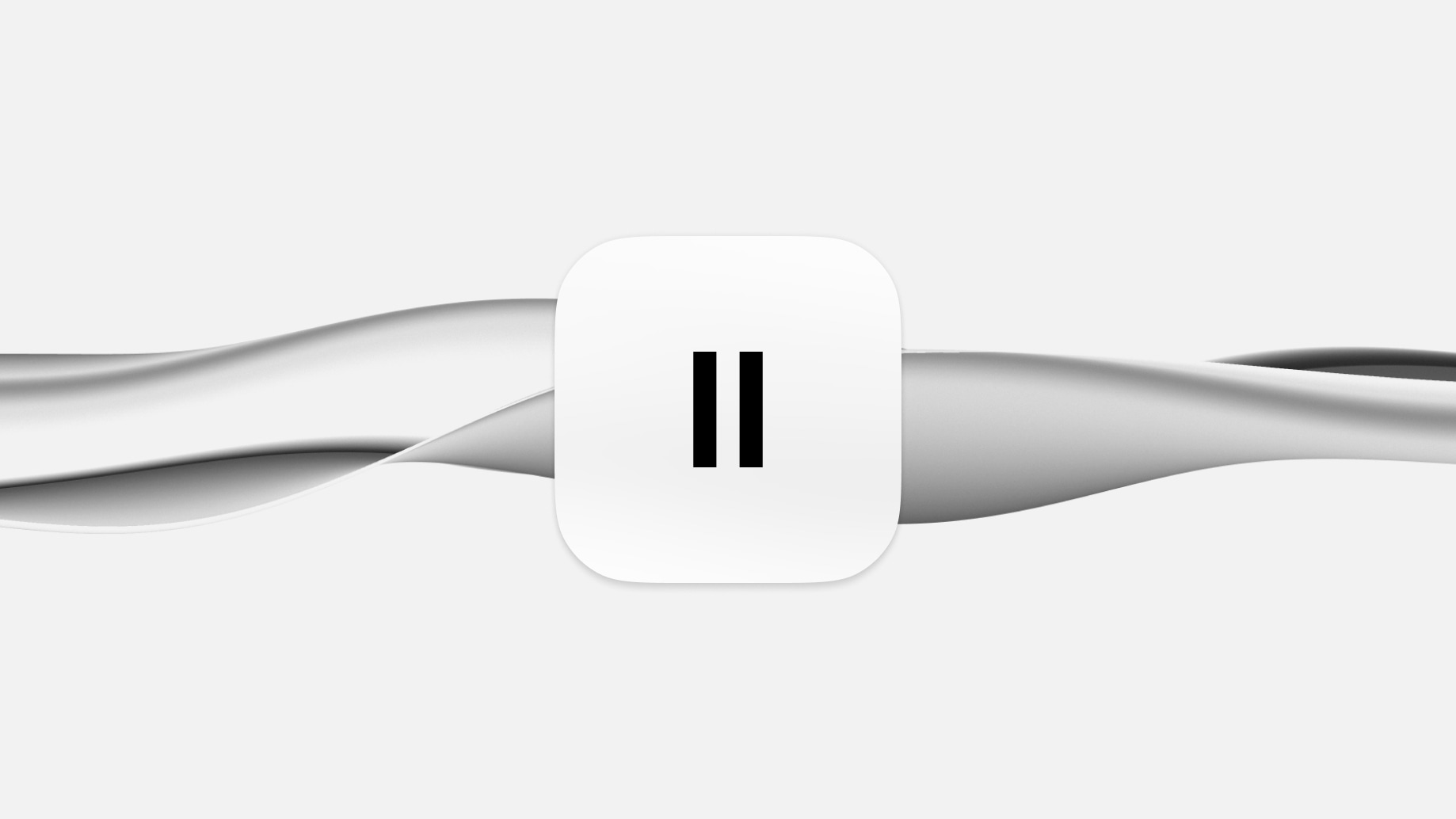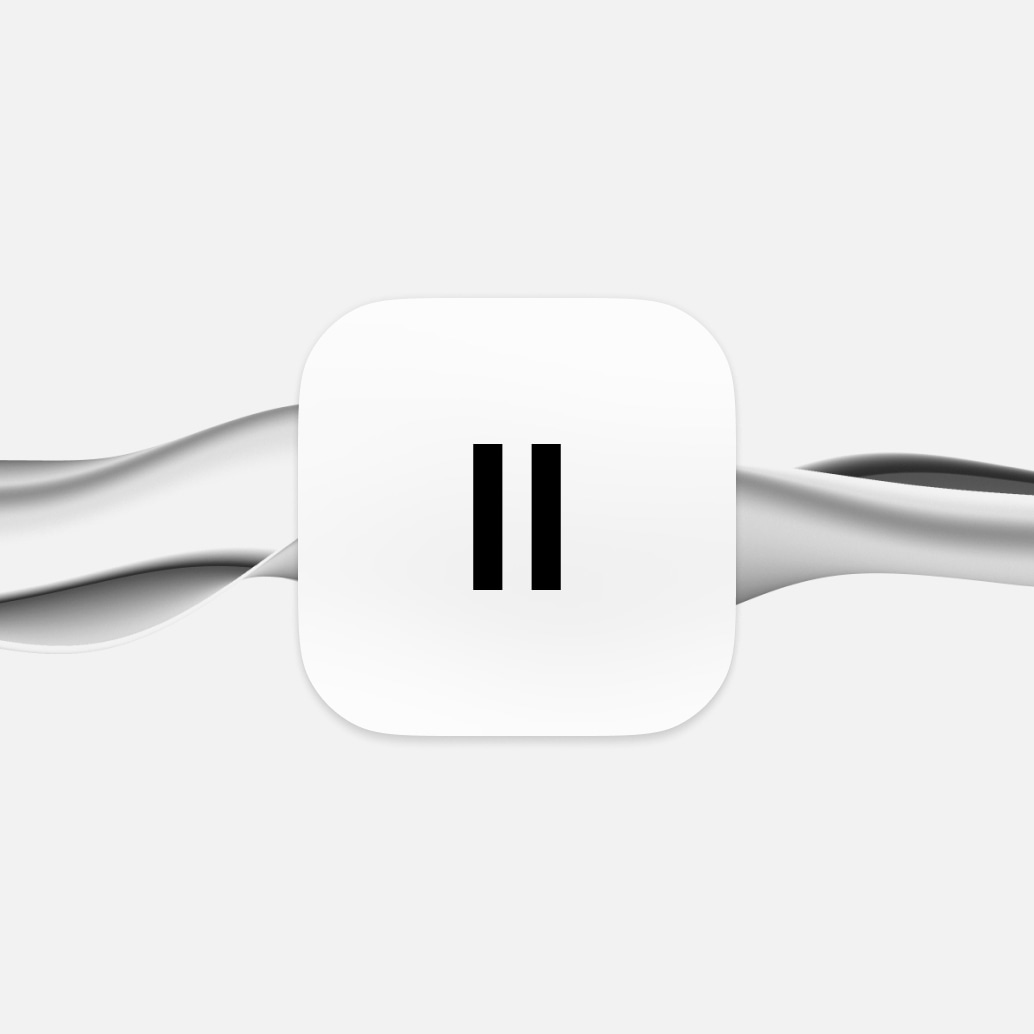
Hur du konverterar text till WAV
Lär dig hur du konverterar text till WAV-ljudfiler med text-to-speech-teknologi som ElevenLabs.
WAV, kort för Waveform Audio File Format, är ett mycket använt ljudfilformat känt för sin högkvalitativa ljudåtergivning. Utvecklat av IBM och Microsoft, är WAV-filer okomprimerade. Detta innebär att de behåller all ljudinformation utan kvalitetsförlust, till skillnad från andra format som MP3.
Så, hur kan du konvertera text till WAV? Du kan använda text-to-speech (TTS) teknologi, som ElevenLabs.

Fortsätt läsa för att lära dig hur detta fungerar.
Hur Skapar Jag en WAV-fil Från Text?
I denna sektion går vi igenom processen att konvertera text till WAV-filer. Vi guidar dig genom varje steg, från att skapa din text till att använda Text to Speech teknologi och förfina den slutliga WAV-filen.
Skapa Texten
Börja med att skapa texten du vill konvertera. Det kan vara ett manus, en artikel eller annat skrivet innehåll. Se till att det är välstrukturerat och tydligt. Redigera för grammatik och tydlighet för att förbättra slutresultatets kvalitet.
Välj ett Text-to-Speech-verktyg
Välj en Text to Speech (TTS) mjukvara eller onlinetjänst som erbjuder WAV-filutgång. Tänk på faktorer som röstens naturlighet, språkval och anpassningsmöjligheter. Populära TTS-verktyg inkluderar ElevenLabs, Google Text-to-Speech, Amazon Polly och IBM Watson Text to Speech.
Anpassa TTS-inställningarna
Innan konvertering, anpassa TTS-inställningarna. Justera rösttyp (manlig, kvinnlig, specifika accenter), talhastighet och tonhöjd. Vissa verktyg erbjuder även känslomodulering för att få talet att låta mer naturligt och engagerande.
Konvertera Text till Tal
Mata in din text i TTS-verktyget. Mjukvaran bearbetar texten och syntetiserar den till talat ljud. Detta steg involverar komplexa algoritmer för att säkerställa att talet låter så naturligt som möjligt.
Granska och Redigera Ljudet
Lyssna på ljudutgången. Kontrollera uttalsnoggrannhet och naturligt flöde. Om nödvändigt, gör justeringar i texten och upprepa TTS-processen.
Exportera som WAV-fil
När du är nöjd med ljudet, exportera det som en WAV-fil. Detta steg är enkelt i de flesta TTS-verktyg, med ett alternativ att spara filen i olika ljudformat, inklusive WAV.
Redigering och Kvalitetsförbättring
Om det behövs, använd en ljudredigeringsmjukvara för att ytterligare förfina WAV-filen. Du kan klippa eller förlänga delar av ljudet, justera volymnivåer eller tillämpa brusreducering för klarare ljudkvalitet.
Integrera Ljud Effekter (Valfritt)
För en mer dynamisk ljudupplevelse, överväg att lägga till bakgrundsmusik eller ljudeffekter. Detta steg är särskilt användbart för berättande eller marknadsföringsinnehåll.
Slutlig Kvalitetskontroll
Utför en slutlig granskning av WAV-filen. Se till att den uppfyller dina krav vad gäller kvalitet, tydlighet och effektivitet i att förmedla det avsedda budskapet.
Lagra och Använda WAV-filen
Slutligen, lagra WAV-filen på lämpligt sätt. Du kan använda den i olika applikationer som presentationer, podcasts, e-lärningsmoduler eller som en del av ett större multimediaprojekt.
Genom att följa dessa detaljerade steg kan du effektivt omvandla vilken text som helst till en högkvalitativ WAV-ljudfil, och utnyttja kraften i TTS-teknologi för olika kreativa och professionella användningar.
Bästa Praxis vid Konvertering av Text till WAV
För att säkerställa bästa resultat vid konvertering av text till WAV är det viktigt att följa vissa bästa praxis. Dessa riktlinjer hjälper dig att optimera text-to-speech-processen, vilket säkerställer att det resulterande ljudet är klart, engagerande och effektivt för sitt avsedda syfte. Från att välja rätt röst till att finjustera ljudinställningar, spelar varje steg en viktig roll i att skapa kvalitets-WAV-filer från text. Denna sektion beskriver dessa viktiga praxis för att hjälpa dig uppnå högkvalitativa ljudkonverteringar.
- Tydlig och Koncis Text: Se till att din text är välskriven, tydlig och fri från komplex jargong för bättre ljudutgång.
- Använd Rätt Text-to-Speech-verktyg: Att välja ett effektivt text-to-speech-verktyg är avgörande. Till exempel erbjuder ElevenLabs avancerade funktioner, vilket gör det till ett lämpligt val för olika text-till-WAV-konverteringsbehov.
- Röstval: Välj en röst som bäst passar ditt innehåll och din publik. Tänk på kön, accent och ton.
- Anpassa Ljudinställningar: Justera hastighet, tonhöjd och volym för att matcha den avsedda tonen och tydligheten i ljudet.
- Kontextuell Betoning: Betona nyckelord eller punkter för att göra ljudet mer engagerande och lättare att följa.
- Kvalitetskontroll: Granska ljudet för eventuella felaktiga uttal eller onaturliga pauser och gör nödvändiga korrigeringar.
- Redigering och Förbättring: Använd ljudredigeringsmjukvara för finjustering och tillägg av effekter eller bakgrundsmusik om det behövs.
- Konsekvent Testning: Testa regelbundet olika textprover för att förstå hur ditt TTS-verktyg hanterar olika scenarier och justera därefter.
Genom att följa dessa praxis säkerställer du att dina text-till-WAV-konverteringar är av hög kvalitet, engagerande och effektiva för ditt avsedda syfte.
Användningsområden för Text till WAV-teknologi
Utmaningar att Övervinna vid Text till WAV-konvertering
Även om processen inte är alltför svår, finns det några utmaningar att övervinna när man konverterar text till WAV. Dessa inkluderar följande.
Noggrannhet hos TTS-motorer: Olika TTS-verktyg har varierande nivåer av noggrannhet i uttal och intonation, vilket kan påverka kvaliteten på utgången.
Naturlighet i Tal: Att uppnå en naturlig, människoliknande kvalitet i talsyntes är utmanande. Vissa TTS-motorer kan producera robotliknande ljud.
Filstorlek och Kvalitetsavvägning: WAV-filer är större på grund av sin höga kvalitet. Att balansera filstorlek och kvalitet är avgörande, särskilt för online-distribution.
Språk- och Dialektbegränsningar: Vissa TTS-verktyg kan ha begränsade språkval eller ha svårt med specifika dialekter eller accenter.
Teknisk Expertis: Effektiv användning av TTS-verktyg och ljudredigeringsmjukvara kan kräva viss teknisk kunskap.
Integration med Andra Teknologier: Att sömlöst integrera TTS-utgång i andra teknologier eller plattformar kan vara komplext.
Slutliga Tankar
Text till WAV-teknologi erbjuder ett mångsidigt och effektivt sätt att omvandla skrivet innehåll till högkvalitativt ljud. Genom att förstå och implementera bästa praxis, hantera utmaningarna och använda rätt verktyg, kan användare skapa tydliga och engagerande ljudfiler lämpliga för olika applikationer.
Oavsett om det är för tillgänglighet, utbildning, underhållning eller professionell användning, är text till WAV-konvertering en värdefull färdighet i vår alltmer digitala värld. Med fortsatta framsteg inom Text to Speech teknologi, är potentialen för innovativa applikationer och förbättrade användarupplevelser stor.
Redo att börja konvertera text till WAV? Registrera dig för ElevenLabs idag.
Vanliga Frågor
Utforska artiklar av ElevenLabs-teamet

Hur man konverterar text till MP3
Lär dig hur du enkelt konverterar textfiler till ljud med text-to-speech-verktyg som ElevenLabs.

Hur konverterar man PDF-filer till tal?
I vår digitala värld är innehåll kung. Men tiden, vår mest värdefulla resurs, står ofta i vägen för att konsumera det.
